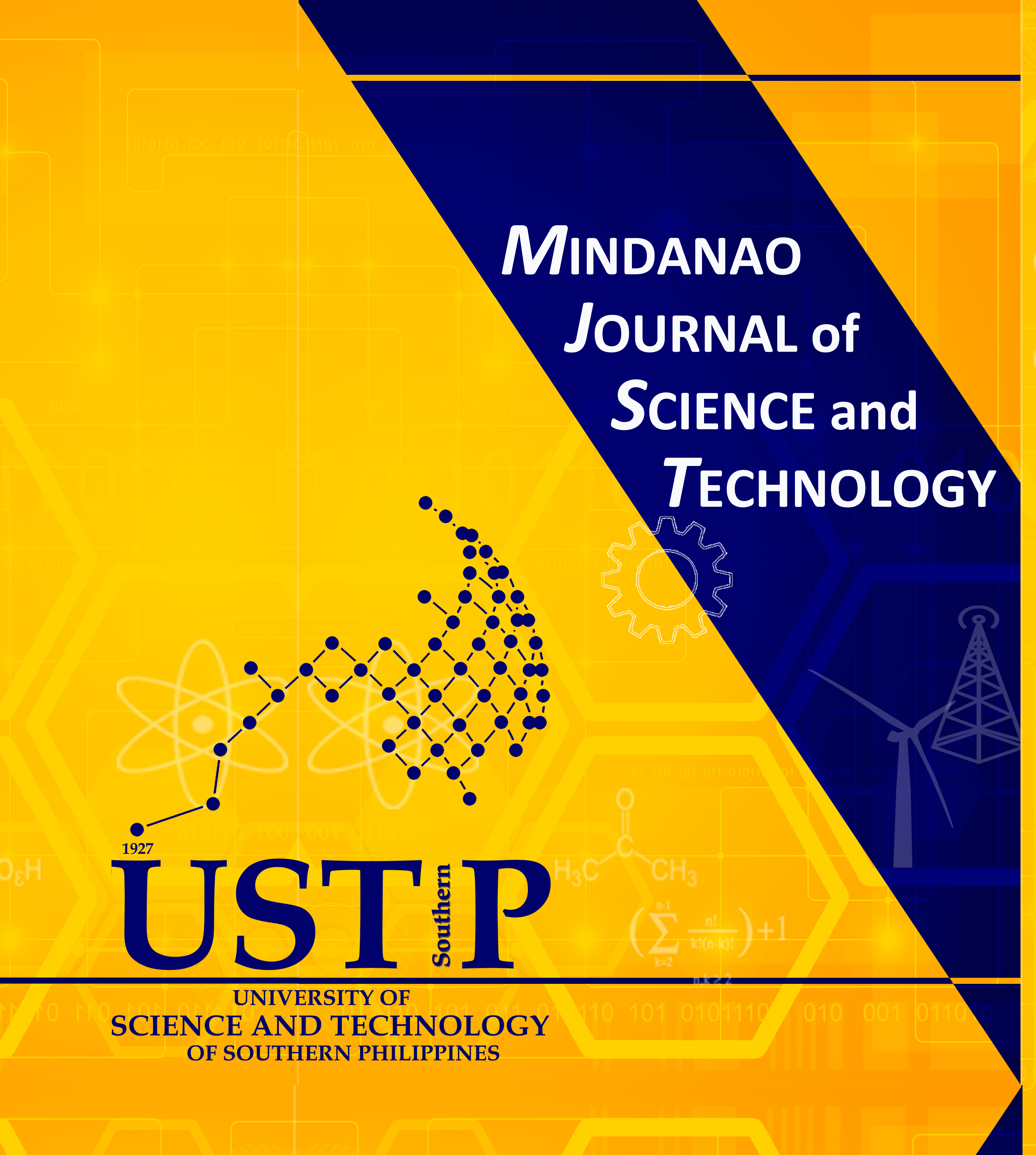Densification of Coco Peat using Fabricated Hydraulic-Powered Brick-making Machine
DOI:
https://doi.org/10.61310/mjst.v22i2.2184Keywords:
capacity, coco peat, energy consumption, quality of CPBAbstract
Another material derived from coconut husks is coco peat. Coco peat can absorb water up to nine times its volume, making it an excellent growing medium for a variety of plants. However, due to its low density, handling, storage, and transportation of the material are impractical. To address this problem, a hydraulic-powered coco peat brick-making machine was developed to densify the material, providing coconut growers with a potential additional income by increasing the product's market value. The machine was assessed in terms of capacity, quality of coco peat bricks (CPB), and energy usage under various compression pressure levels (10 MPa, 15 MPa, and 20 MPa). At the lowest compression pressure of 10 MPa, the highest production capacity of 59 CPB per hour was recorded. However, as compression pressure increased, capacity decreased, resulting in lower production rates of 56 CPB per hour at 15 MPa and 51 CPB per hour at 20 MPa. The quality of CPB was evaluated based on its durability under a 1-meter drop test. Only CPB produced at 20 MPa were deemed high quality, achieving a retention rate of 96.57%. Lower compression pressures resulted in reduced material retention rates of 85.72% at 15 MPa and 76.50% at 10 MPa. Therefore, 20 MPa is recommended for producing high-quality CPB. With an initial cost of USD 2,466.40 and a yearly potential income of USD 12,511.40, the machine is cost-effective. To cover its costs, the machine must produce 4,320 CPB annually. At maximum productivity, the payback period is 46 working days, or approximately 0.18 years.










